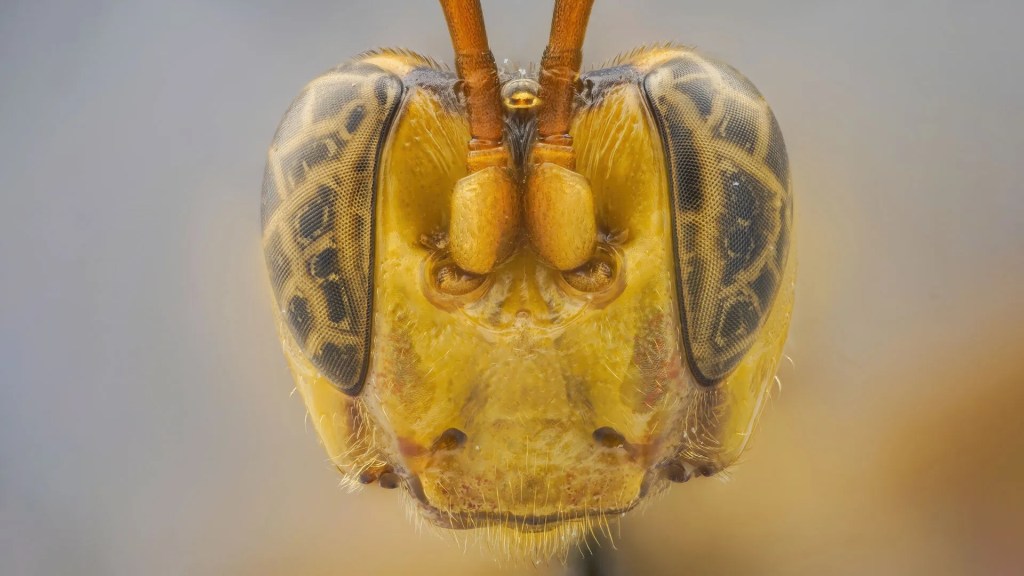Blood
Terrifying new ‘vampire’ wasp discovered in the Amazon
And now, for some horrifying news.
Just in time for spooky season, scientists in South America have discovered a new species of wasp that stings, sucks blood and otherwise feasts on their prey from the inside out — by depositing larvae underneath the victim’s skin.
Researchers came across these vampiric vespids while hard at work in the National Reserve of Allpahuayo-Mishana in the Peruvian Amazon — often described as the most biodiverse rainforest in the world.
The creepy, bright-yellow creature can grow up to 0.7 of an inch and has an abnormally large head, which got a nod in its name, Capitojoppa amazonica — “capito” being a Spanish nickname for someone with a big head.
Some good news, however — humans aren’t high on the list of living beings likely to fall prey to the creature. Caterpillars, beetles, and spiders appear to be preferred.

“Once the host is located and mounted, the female will frantically stroke it with her antennae,” Brandon Claridge, a doctoral candidate in biology at Utah State University, whose team discovered the wasps, told Live Science.
“If acceptable, the female will deposit a single egg inside the host by piercing it with her ovipositor (a tube-like, egg-laying organ).”
The eggs typically hatch after a few days. The offspring will continue to develop inside their host, only emerging once they have grown into fully-formed adult wasps.
And speaking of weird science — researchers also recently discovered that female frogs fake their deaths to avoid sexual interactions.
Experts previously believed that she-frogs weren’t able to fend off unwanted male attention — in the form of intimidation, harassment and even forced sex — that could potentially lead to the physical attachment of male frogs to females, called amplexing.
The mating behavior can result in death for the female frogs, scientists noted.
But, to the surprise of researchers from the Natural History Museum of Berlin, the female frogs have tactics for escape — by rolling over and playing dead, so to speak.

